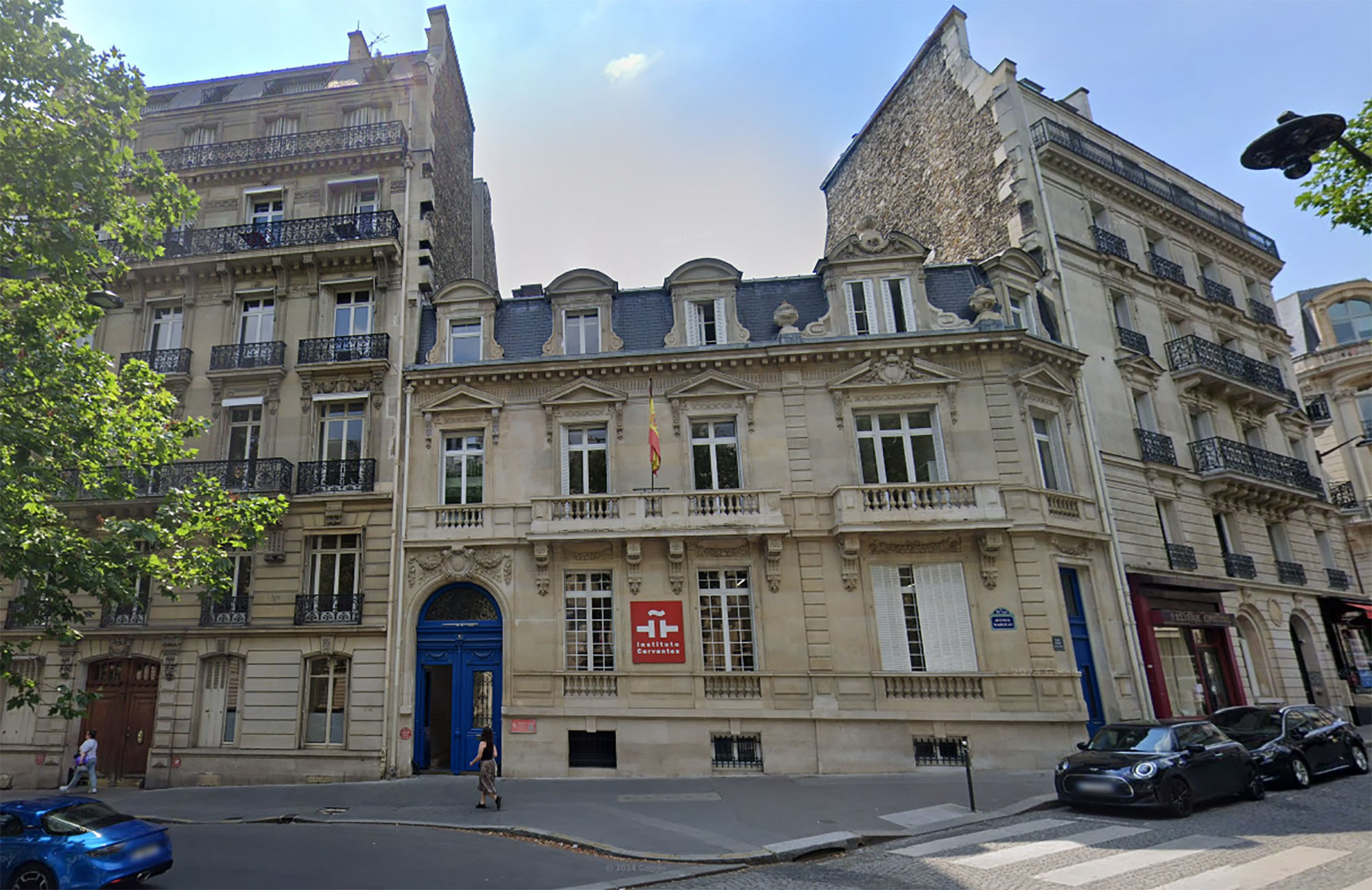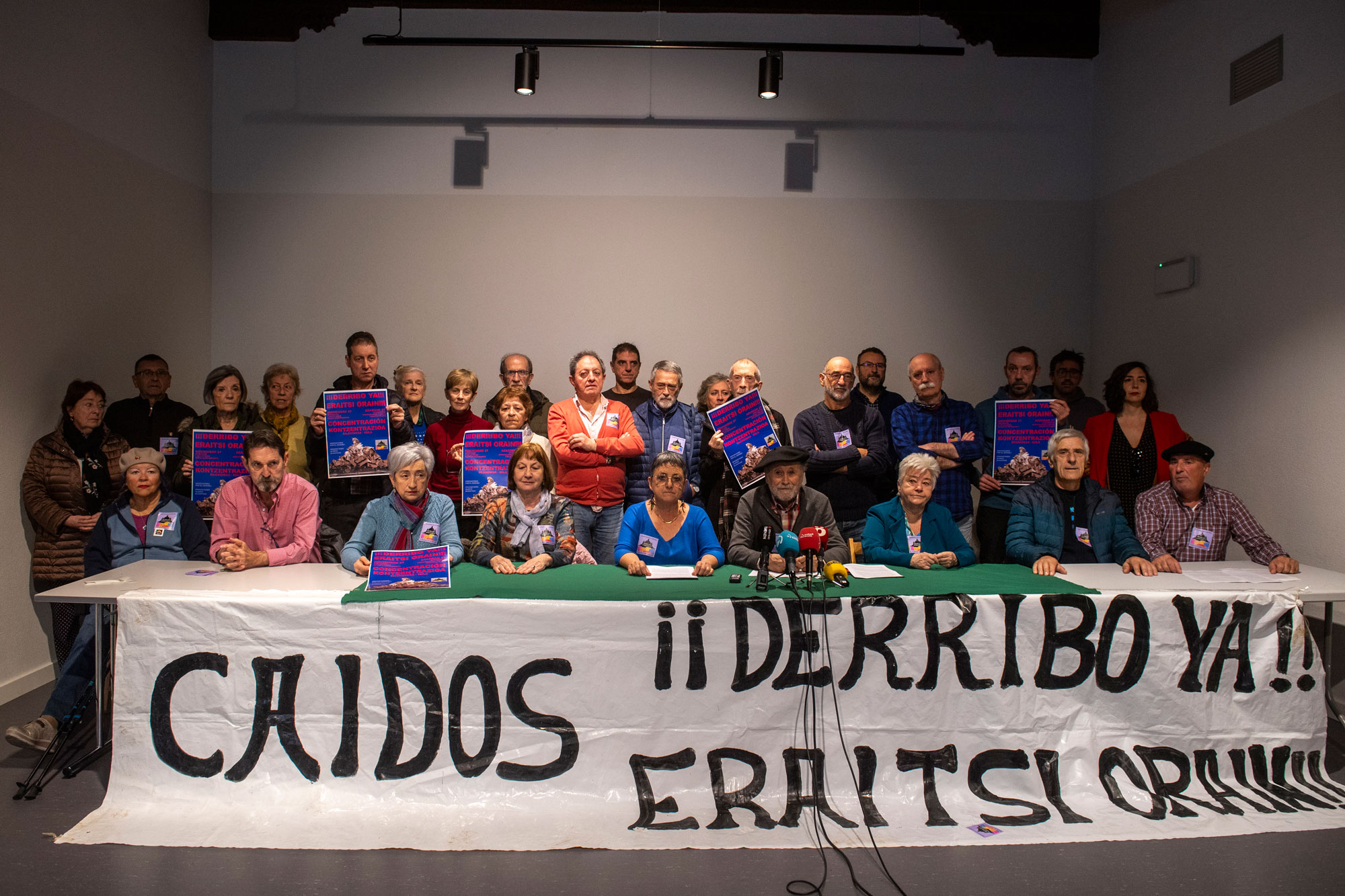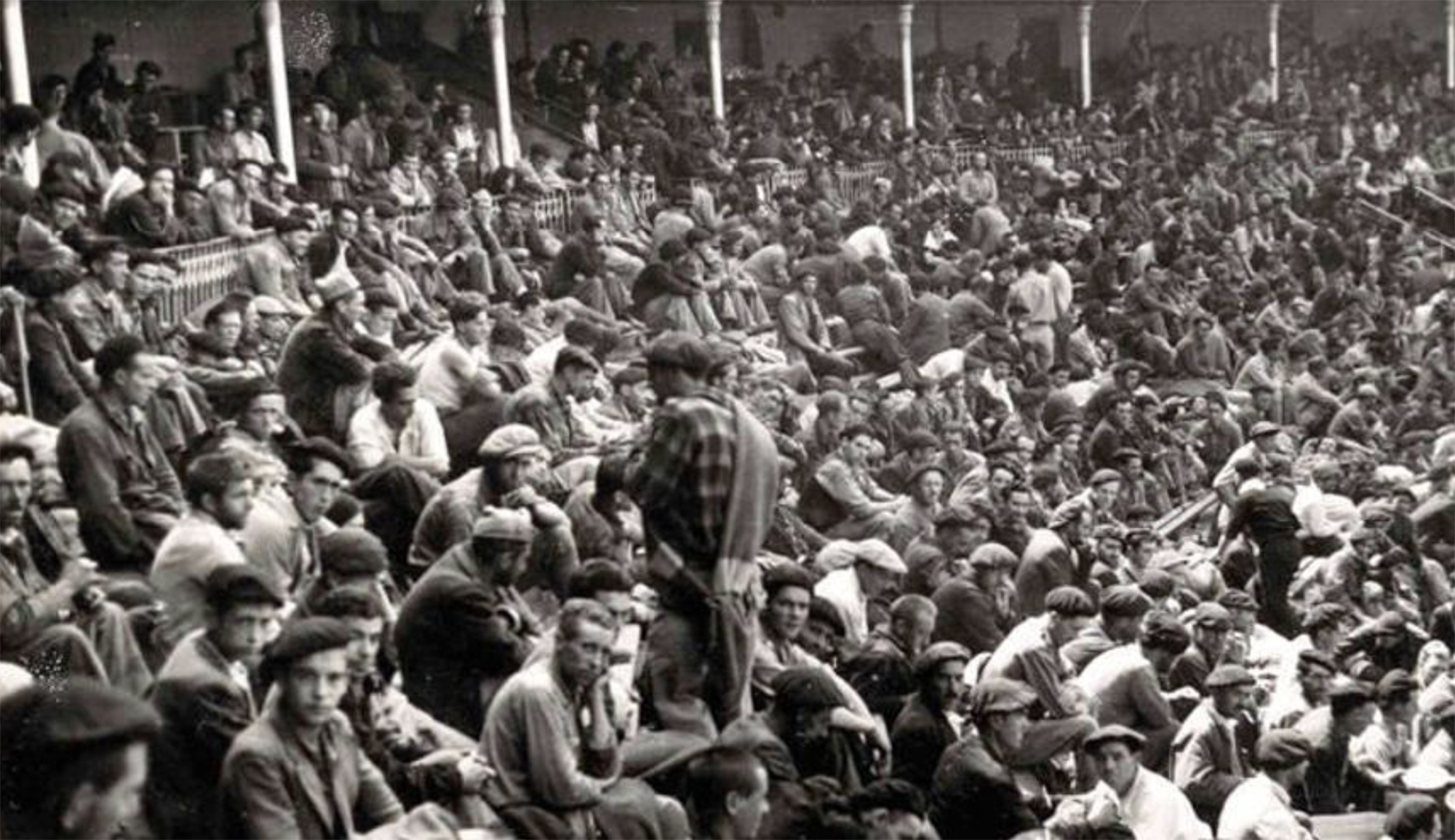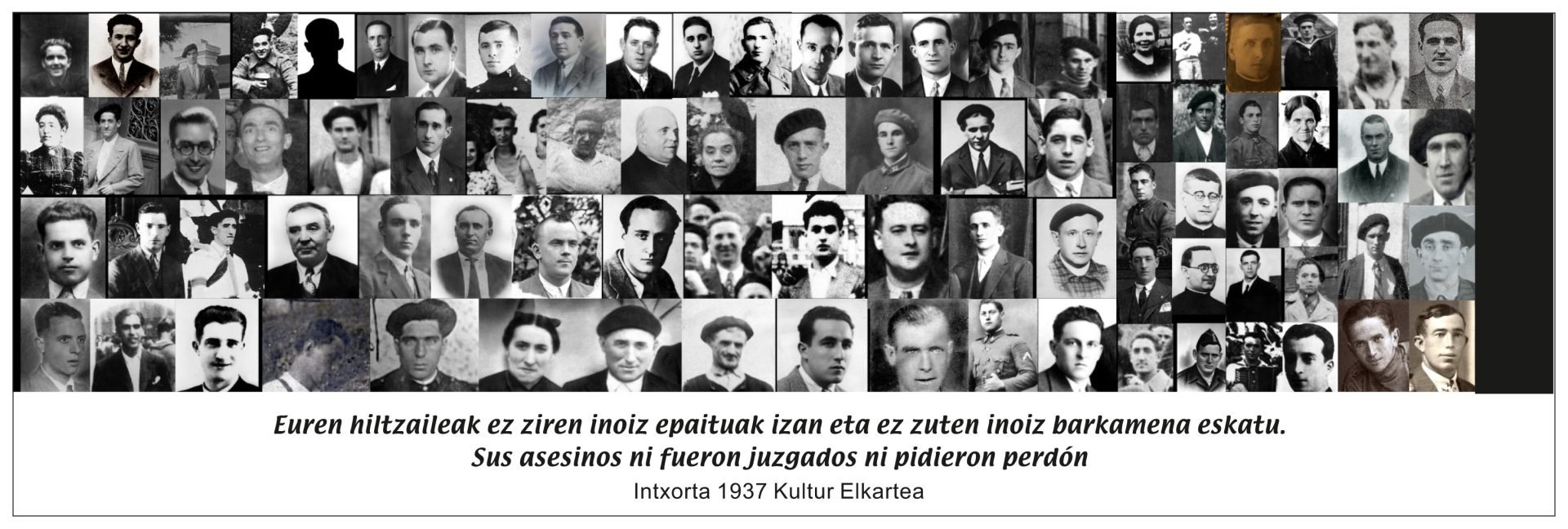The Basque Government presents the database of deaths in the Basque Country during the Civil War
- In the study carried out in the last five years, 20,970 people who died in Gipuzkoa, Bizkaia and Álava between 1936 and 1945 were included in the database, among them people of indigenous origin who have died somewhere else. Of these, 698 are still unidentified. This is the first part of a broader research work.

In July 2016, the Basque Government signed an agreement with the Society of Sciences Aranzadi and the Department of Human Rights of the UPV to prepare a report on violations of fundamental rights between 1936 and 1978. The objective is to investigate the injustices committed by the fascist military uprising of July 1936 and its consequences, the Civil War and the Francoist dictatorship of 40 years.
The report presented by Gogora is the result of the work carried out in the last five years and presented today by the Basque Institute of Memory, Coexistence and Human Rights. A database includes the victims of the Civil War and the first Franco regime, as well as the victims of Gipuzkoa, Bizkaia and Álava, between 1936 and 1945, as well as those from other places where they died. The study, based on documents that have been consulted so far, is open to further input.
In total, 20,970 deaths have been recorded. Of these, 698 are still unidentified. In addition, 7,795 people are buried. Of the total number of victims killed by the insurgents, 13,283 were killed, while 7,687 were caused by Republicans.
In addition to the historical perspective, the report also sought to include the perspective of human rights law. The report considers non-fighting victims, i.e. victims of assaulted bombings, executed by the war council, extrajudicially executed by insurgents and killed in prison, victims of crimes against humanity. In fact, as they explain, “Francoist violence was a planned action as a state policy of destruction of the enemy, so it is considered a crime against humanity”.
The authors of the report stress that it is also known that Republicans committed human rights violations and serious crimes, but were informed of this and were given official attention, recognition and tribute for forty years throughout the dictatorship.
On the contrary, the dead Republicans were considered rebels, rebels and traitors, which caused institutional, systematic and collective treatment, preventing the bodies from being located, in contravention of international humanitarian law.
The report Victims of the Civil War in the Basque Country, as well as the database itself, can be consulted on the Network.
The following video explains how to use the database:
Pamplona, 1939. At the beginning of the year, the bullring in the city was used as a concentration camp by the Francoists. It was officially capable of 3,000 prisoners of war, at a time when there was no front in Navarre, so those locked up there should be regarded as prisoners... [+]
Segundo Hernandez preso anarkistaren senide Lander Garciak hunkituta hitz egin du, Ezkabatik ihes egindako gasteiztarraren gorpuzkinak jasotzerako orduan. Nafarroako Gobernuak egindako urratsa eskertuta, hamarkada luzetan pairatutako isiltasuna salatu du ekitaldian.




















